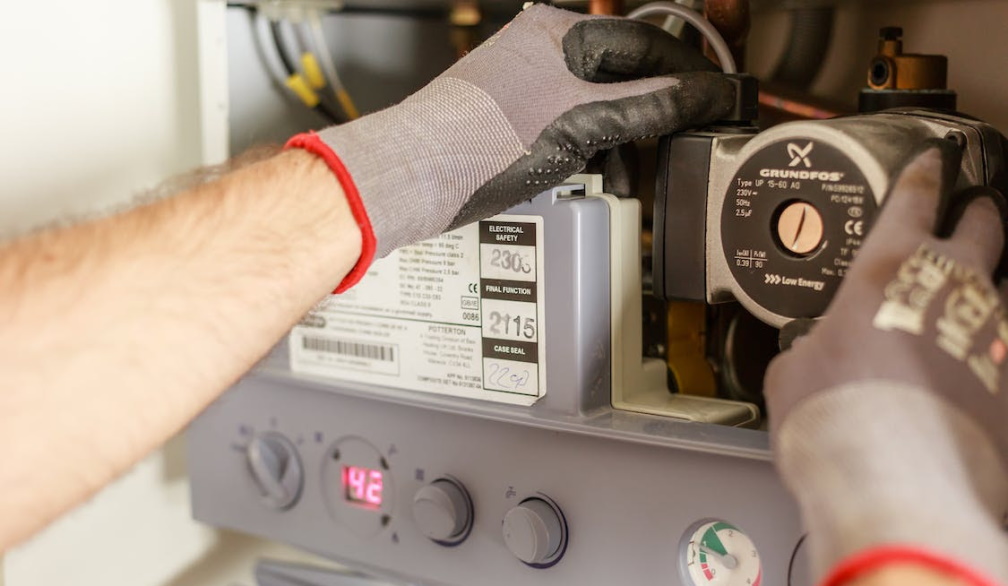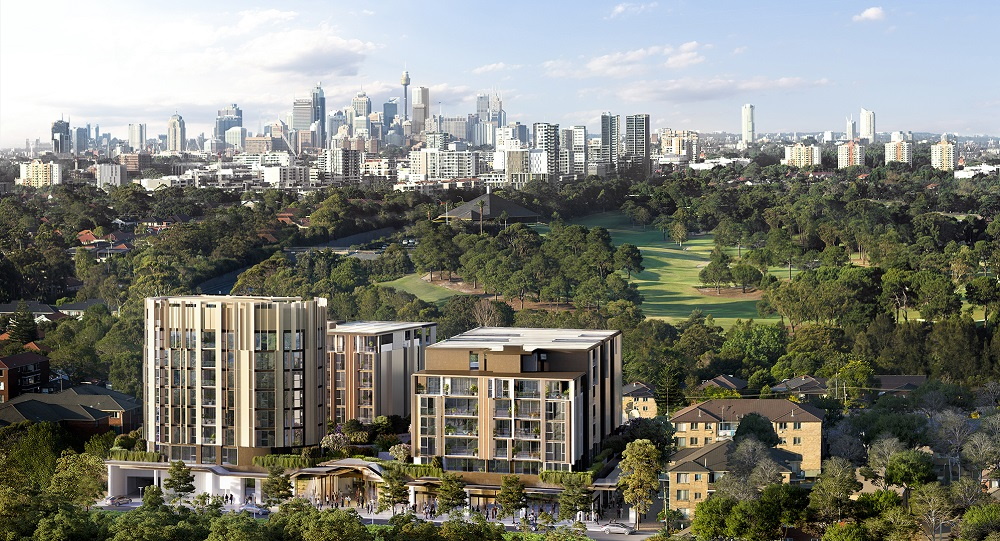Our infrastructure needs have changed…not least because so many of us are working from home
- Written by Tim McKibbin, CEO, Real Estate Institute of NSW

The Reserve Bank meets again tomorrow and though recent GDP figures showed a pleasantly surprising economic expansion in the three months to June, recession fears persist.
We see no cause for the RBA to deviate from its previously stated plan to leave interest rates steady for the medium term.
Low rates and affordable finance have been one of various demand drivers for residential property and it’s well-recognised how important a healthy property market is to the economy.
There’s no industry that will be more relied upon for the heavy lifting when it comes to the budget repair work that will need to be done for many years ahead.
Of course, there is no need in the market to encourage more demand. Unless we unlock more supply, the economic engine that is the housing market will start running out of steam.
The Premier has re-affirmed that at the 70 percent double dose vaccination threshold we can expect greater freedoms, but the reality is many people are struggling financially and won’t be able to instantly begin contributing to the economy.
A long-term plan is needed, as highlighted by Infrastructure Australia last week in its report on the country’s future infrastructure needs.
Among the recommendations is a re-examination of the planning approach in Sydney and other major capitals, in recognition that our infrastructure needs have changed as a result of the pandemic, not least because so many of us are working from home.
There’s no quick fix and there are many factors to balance in planning the future needs of our cities and their citizens. But there’s also urgency.
More homes are needed now to meet demand, to give buyers and renters choice, and to keep the wheels of the housing market turning for the greater economic good.




